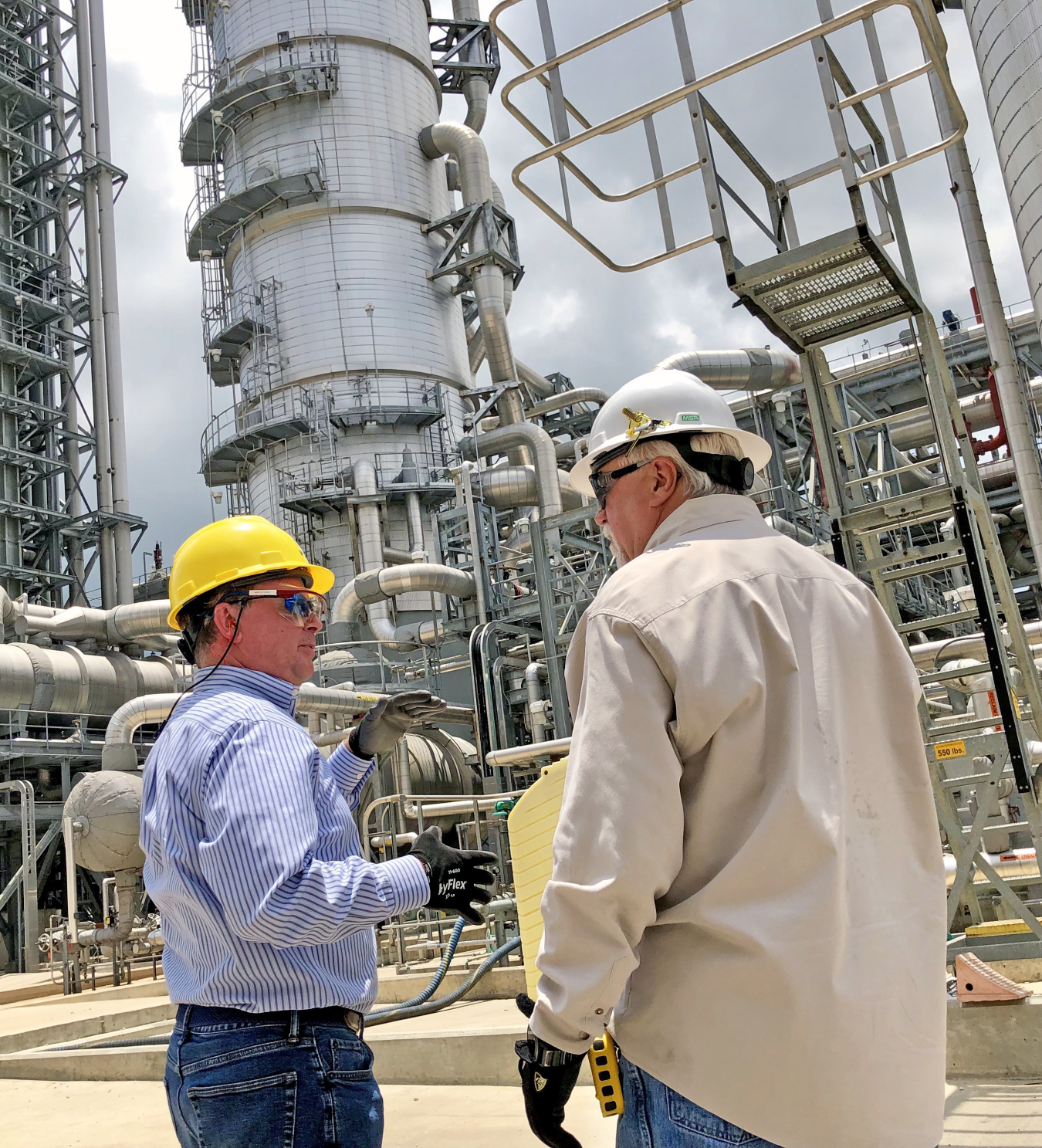Assistant Secretary for Fossil Energy Steven Winberg was the Keynote Speaker at the 2019 Carbon Management Technology Conference in Houston, TX.
Office of Fossil Energy and Carbon Management
July 16, 2019Today, the U.S. Department of Energy’s (DOE) Assistant Secretary for Fossil Energy (ASFE) Steven Winberg was the Keynote Speaker at the 2019 Carbon Management Technology Conference (CMTC) in Houston, TX.
The 2019 CMTC, which will conclude on Thursday, July 18, is focused on carbon capture, utilization, and storage (CCUS) technologies and other carbon management tools and technologies that provide options for lowering greenhouse gas emissions, while maintaining fuel diversity for sustainable growth.
At the conference, ASFE Winberg addressed how DOE’s research and development (R&D) efforts lead to the development of technologies that manage and utilize carbon emissions from fossil energy sources.
“By innovating more, and regulating a little less and more prudently—by encouraging rather than discouraging production—we’re working to ensure our energy security, grow our economy, create jobs, and protect the environment,” said ASFE Winberg in his prepared remarks.

ASFE Steven Winberg tours the Petra Nova Power Plant on July 15, 2019.
ASFE Winberg continued by highlighting DOE’s robust CCUS R&D initiatives, including NRG’s Petra Nova project—the world’s largest post-combustion carbon capture system.
“At Petra Nova, they’re capturing and removing about 90 percent of the carbon dioxide from a flue gas stream, and they’re using that carbon dioxide for enhanced oil recovery in a depleted oil field where production has gone from 300 barrels per day to about 4,000 barrels per day today,” said ASFE Winberg in his prepared remarks.
He also noted the Office of Fossil Energy’s (FE) work on pathways to develop value-added products from carbon dioxide (CO2)—including ways to convert CO2 into chemicals and fuels. And, he discussed FE’s R&D to improve the efficiency of existing coal-fired power plants, and to lay the groundwork for the smaller, flexible coal plants of the future through the Coal FIRST initiative.
The Coal FIRST initiative is focused on developing power plants that are small and highly efficient, with near zero emissions. They would also be modular and flexible to meet the demands of an evolving electric grid.
“As we move towards more distributed generation, we don’t see the need to construct 1,500 to 2,000 megawatt power plants as we have in the past,” said ASFE Winberg. “We believe that the evolving grid will require different generation options—cleaner, smaller, and highly efficient plants that can overcome siting, operating, and logistical constraints that limit the deployment of large-scale plants.”
In addition to ASFE Winberg, DOE is also represented at CMTC by Fossil Energy’s John Litynski and the National Energy Technology Laboratory’s José Figueroa. Mr. Litynski presented on DOE’s efforts to accelerate carbon capture R&D through advanced computing and manufacturing. Mr. Figueroa is serving as the Conference Chair this week. As the Carbon Capture Team Supervisor of federal project managers, Mr. Figueroa promotes the integration of research and business to meet programmatic requirements. His Fossil Energy research expertise will provide valuable insight into this year’s conference.
For further information about the plenary speakers, session topics, and organizing committee of the 2019 CMTC, read here. ASFE Winberg’s prepared remarks are available on the Office of Fossil Energy website here and information regarding DOE’s Clean Coal and Carbon Management program is available here.
Updated at 2:35 p.m. on July 16, 2019

